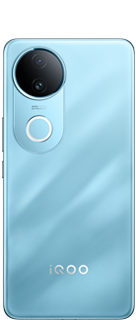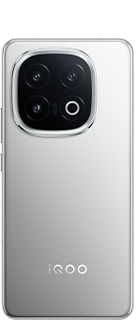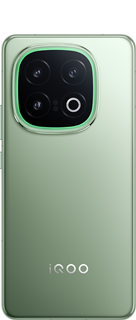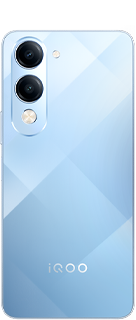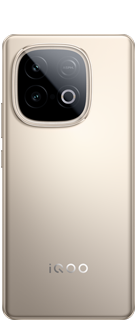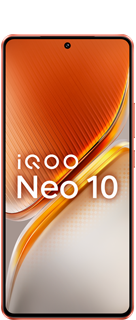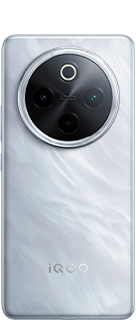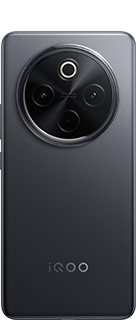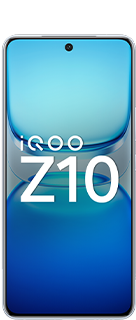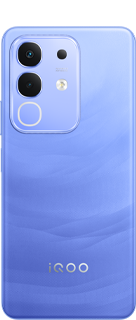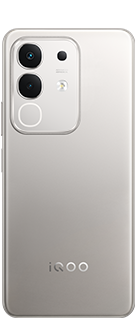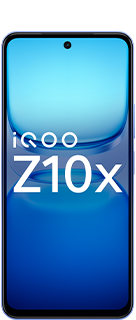Tips and Tricks for Using Your Smartphone in the Dark 📱
Smartphones are an essential part of our lives, and sometimes, we find ourselves using them in dim or no-light environments. While convenient, using your device in the dark can strain your eyes or disrupt your sleep if not done carefully.

Here are some practical tips and tricks to make your smartphone usage in the dark more comfortable and safer:
1. Enable Night Mode or Dark Mode
Most smartphones have a built-in Night Mode or Dark Mode feature that reduces the brightness of white light by darkening the screen's interface. This not only reduces glare but also minimizes eye strain.
To enable it:
On Android: Go to Settings > Display > Dark Theme.

2. Adjust Screen Brightness
Manually reducing screen brightness in low-light conditions is essential. Most smartphones also have an auto-brightness feature that adjusts the screen's intensity based on ambient light.
If the screen feels too bright, tweak the brightness in the notification shade or Control Center.

3. Use Blue Light Filters
Blue light can interfere with your sleep patterns and strain your eyes. Activating the blue light filter or Night Shift mode gives the screen a warmer tone, making it easier on the eyes.
On Android: Settings > Display > Night Light.

4. Enable Dark Wallpaper
Opt for darker wallpapers instead of bright and vibrant ones. This minimizes the overall brightness of the screen and reduces light emitted in dark environments.
5. Use Reader or Eye Comfort Mode
Many smartphones have a dedicated Reader Mode or Eye Comfort Mode that optimizes the display for prolonged reading. This setting enhances text clarity and reduces harmful light.
6. Adjust Font and Display Settings
Increase the font size and boldness to avoid squinting in the dark. You can also reduce the screen's resolution or enable High Contrast Text for better readability.
7. Avoid Full-Screen Bright Apps
If you’re using apps like YouTube, streaming platforms, or games, consider reducing their brightness settings within the app. Many apps offer dark themes that are perfect for low-light usage.
8. Turn On the Flashlight Sparingly
While smartphones come equipped with flashlights, avoid using them for extended periods as they can be too intense and cause eye discomfort. Instead, use the lowest brightness setting or cover the light source slightly for a softer glow.
9. Use Accessibility Features
Features like Color Inversion or Color Filters can reduce harsh lighting and provide comfort to sensitive eyes.
On Android: Settings > Accessibility > Color Inversion.
10. Take Regular Breaks
Even with all the above adjustments, prolonged screen time in the dark can lead to eye fatigue. Follow the 20-20-20 rule: Look at something 20 feet away for 20 seconds every 20 minutes.
Bonus Tips
Avoid Direct Eye Contact with the Screen: Hold your phone slightly below eye level to reduce strain.
Use Headphones for Audio Content: This allows you to dim the screen completely while listening to music, audiobooks, or podcasts.
Install Third-Party Apps for Comfort: Apps like Twilight or f.lux can help manage blue light and brightness effectively.

Conclusion
By following these tips, you can ensure a more comfortable and healthier smartphone experience in the dark. Remember, moderation is key—your eyes will thank you later!
Please sign in
Login and share
